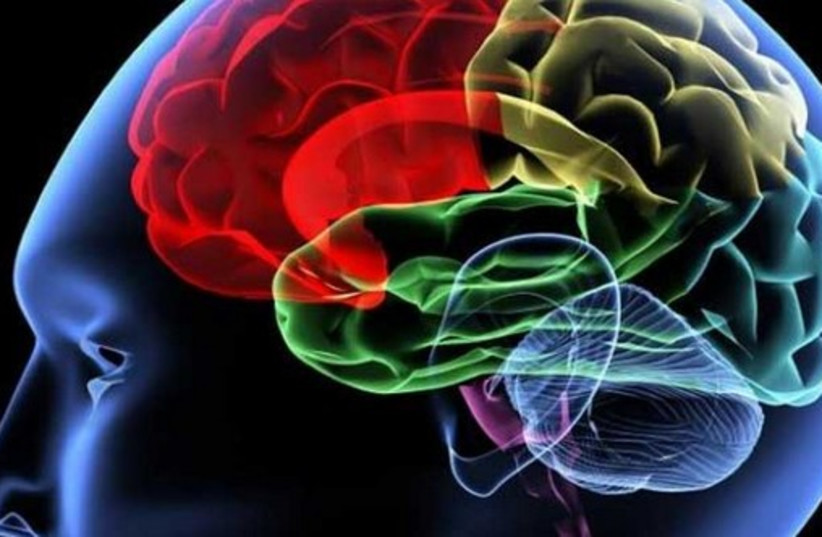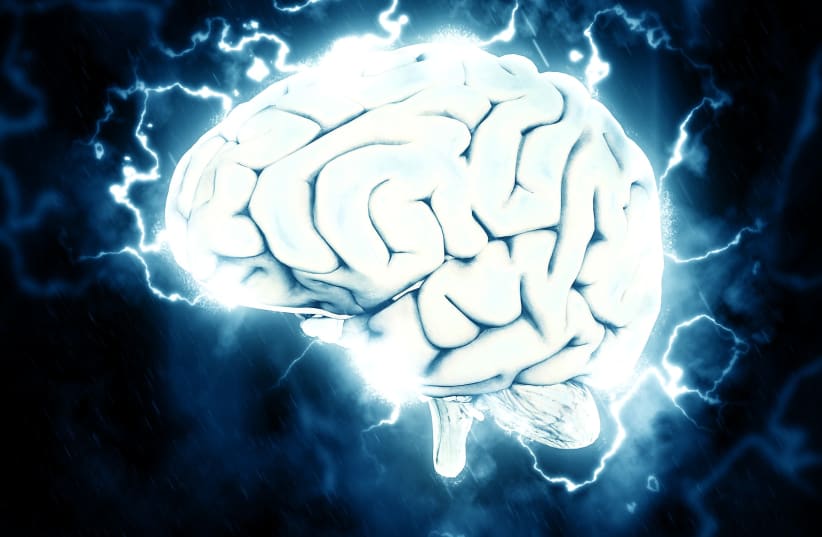A new peer-reviewed study published last week in Proceedings of the National Academy of Sciences found that bursts of brain waves called "ripples" promote interactions between disparate parts of memory, uniting them into a single experience.
Previous studies found that ripples in the hippocampus organize the replay of spatiotemporal patterns during sleep, a process that is necessary to make memories permanent.
The new study by researchers at the University of California San Diego School of Medicine, including first author Charles W. Dickey and senior author and professor of radiology Eric Halgren, found that ripples occur not only in the hippocampus but in all areas of the cortex, during both wakefulness and sleep.
Memory ripples
The ripples lasted only about one-tenth of a second and had a frequency of about 90 cycles per second. The researchers found that a regular ripple event may involve some 5,000 small modules becoming active at the same time, according to UCSD.
“Remarkably, the ripples co-occurred and synchronized across all lobes and between both hemispheres, even at long distances,” Dickey said, according to UCSD. “Cortical neurons increased firing during ripples, at the ripple rhythm, potentially supporting interaction between distant locations.”


“There were more co-occurrences preceding successful memory recall. All of which suggests that distributed, cortical co-ripples promote the integration of different elements that may comprise a particular experiential memory.”
Charles W. Dickey, first author
“There were more co-occurrences preceding successful memory recall. All of which suggests that distributed, cortical co-ripples promote the integration of different elements that may comprise a particular experiential memory.”
Furthermore, the UCSD team found that cortical ripples often occur simultaneously with hippocampal ripples and at slower oscillations, between 1 and 12 cycles per second. UCSD added that these oscillations are controlled by the thalamus and regulate the firing of neurons, a process that is necessary for memory consolidation.
“As our experience is organized hierarchically in time, so too are the rhythms that organize our cortical activities that create that experience,” explained Halgren.
